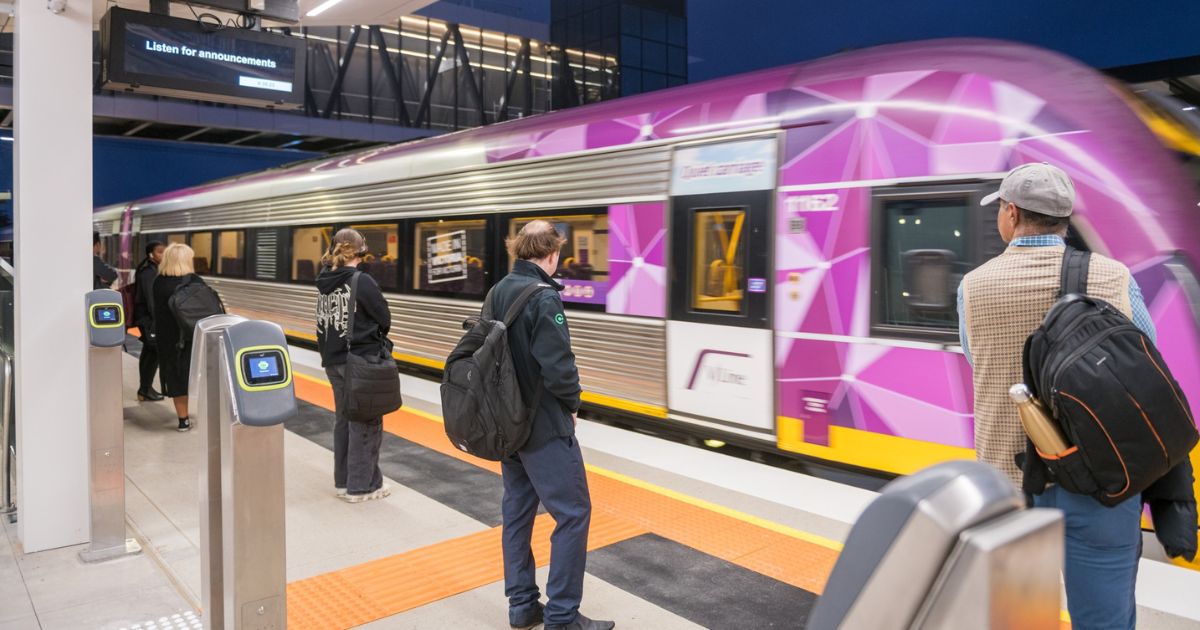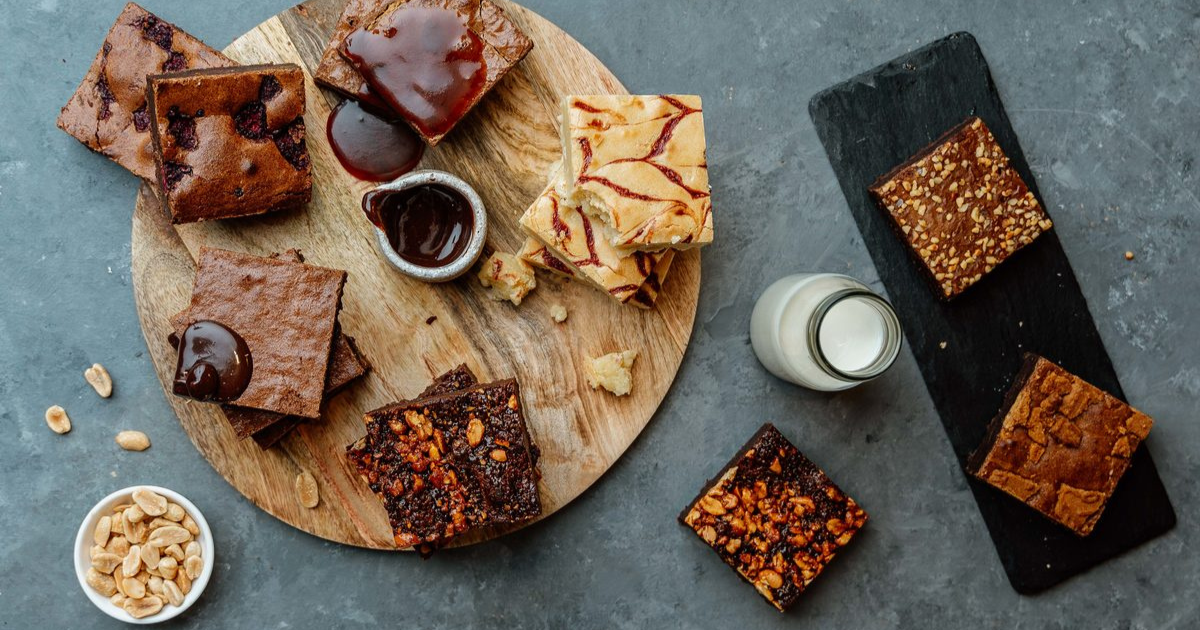G21 takes a snapshot with region profile
G21 has compiled a second statistical profile of the entire Geelong region, and says it provides a snapshot of the region’s most important issues.
The G21 Region Profile 2019 includes hundreds of data tables and graphs.
It was released last week alongside five municipal-specific companion documents for the Colac Otway, Golden Plains, Queenscliffe, Surf Coast and Greater Geelong local government areas respectively.
“Not since G21 published its first regional profile in 2014 has there been such a wealth of relevant socio-economic information about the G21 region gathered in one document set,” G21 chief executive officer Elaine Carbines said.
“The Profile will become a must-read reference for business and all levels of government when planning or making investment decisions.
“G21 and our member councils will use it as an aid to planning the region’s future and advocating on behalf of the region to government.
“The Profile is a marker-in-time, providing a snapshot of our region’s current vital statistics.”
G21 chair Bill Mithen said the profile was intended to be read alongside the state- and federally-adopted Geelong Region Plan.
“The Geelong Region Profile 2019 draws on many publicly available resources and assembles that information in a way that explains the data without making judgements.
“The wealth of information assembled in the Profile paints a detailed and vibrant ‘words and numbers picture’ of our region.”
According to the profile, the G21 region:
• Has an older population than the Victorian average, with 18.1 percent of the region’s residents over 65 years versus 15.6 percent
• Has more than 17,000 workers commuting from Geelong to greater Melbourne for work each day while about 6,500 come the other way, with 8.67 million train trips in 2017-18 compared to 3.89 million in 2012-13
• Has two or more cares in 60 percent of households, above the state average of 56 percent
• Sees about 74 percent of people go to work by car, above the state average of 68 percent.
• Has 147,000 dwellings and about 18 percent are unoccupied, above the state average of 11 percent, and
• Exported about $7.9 billion in 2017, with more than half (53 percent) coming from the manufacturing sector.
“It’s this type of interesting material that is important in shaping the region, its services and facilities for the future,” Ms Carbines said.
Download the profile at g21.com.au.


















